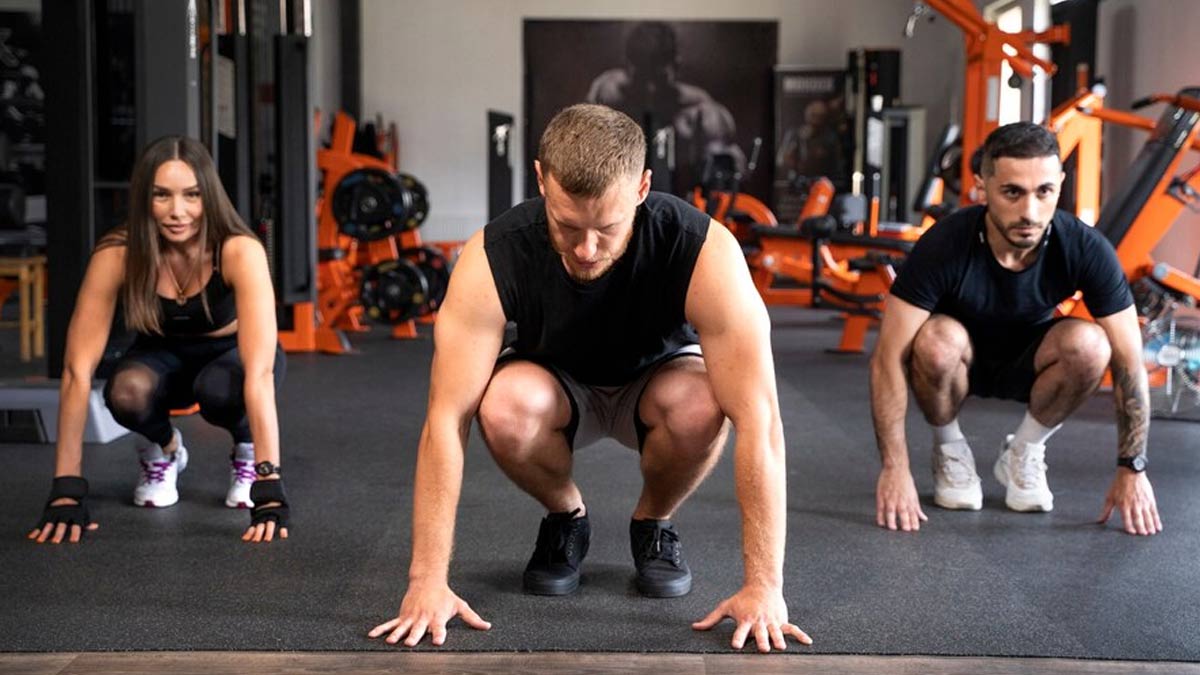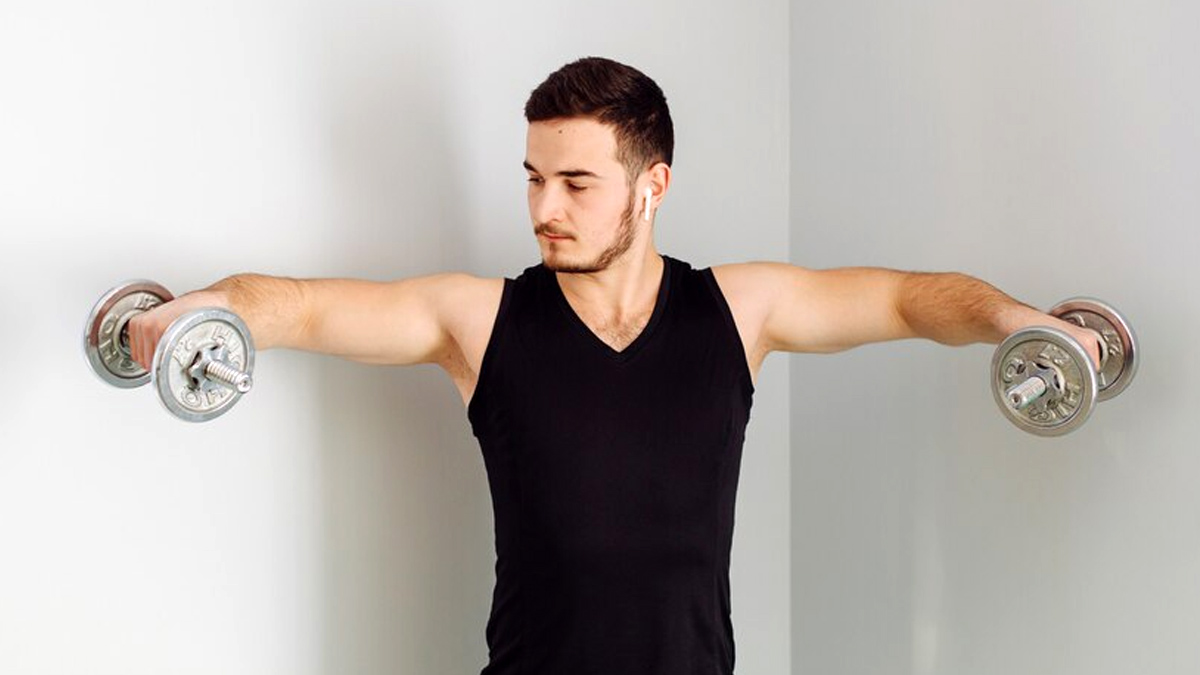
Did you know you can amplify the benefits of exercising if you know which muscle groups are best to work out together? Combining specific muscle groups contributes to improved efficiency and balanced muscle development. Exercising various body parts on separate days provides your muscles with additional recovery time between sessions, reducing the risk of overtraining. We spoke to our expert, Ishaan Arora, Karnal-Based Body Building India Certified Fitness Trainer, who listed ideal muscle groups that you should work out together.
Table of Content:-
Muscle Groups To Work Out Together

Chest and Triceps
Pairing chest and tricep exercises in a workout is a suitable combination that maximises efficiency. "Chest exercises like bench presses and push-ups engage the pectoral muscles, while tricep exercises, such as tricep dips and overhead extensions work on the muscles located at the back of the upper arm", said Arora. Since many chest exercises involve secondary activation of the triceps, combining these two muscle groups allows for a comprehensive upper-body workout.
Back and Biceps
Working out the back and biceps together is another suitable pairing. Arora informed, "Back exercises like rows and pull-ups target the muscles in your upper and middle back, while bicep exercises, such as curls focus on the muscles in the front of your upper arm." By targeting these muscle groups in tandem, you create a well-rounded upper body routine, ensuring balanced development and preventing muscle imbalances.
Also Read: From Pilates To Swimming: Expert Lists Low-Impact Exercises Suited For All Fitness Levels

Legs and Shoulders
Combining leg and shoulder workouts is a strategic approach to achieving overall strength and stability. "Leg exercises like squats and lunges engage large muscle groups, while shoulder exercises, such as overhead presses and lateral raises focus on the deltoid muscles", added Arora. This pairing allows you to optimise your workout by alternating between lower and upper body exercises, providing balance and preventing fatigue in specific muscle groups.
Core: The Foundation of Every Workout
Arora highlighted, "Regardless of the muscle groups you choose to work together, incorporating core exercises into your routine is essential. The core acts as the body's stabiliser and plays a crucial role in supporting overall strength and balance." Exercises, such as planks, Russian twists, and leg raises can be added into your workout, ensuring that your core remains engaged and strengthened.
Also Read: Road To Fitness: Expert Answers How Much Exercise You Need For Optimal Health
Rest and Recovery

While it's crucial to identify effective muscle group pairings, equally important is understanding the significance of rest and recovery. The muscles need time to heal and grow stronger after a workout. Therefore, incorporating rest days into your weekly routine is essential for preventing burnout and minimising the risk of overtraining.
According to the American Heart Association, it is recommended that you allow at least two days between lifting sessions to provide your body with sufficient time for recovery.
Bottomline
Arora concluded, "Every individual's fitness journey is unique, and what works for one person may not work for another. Hence, it's important to listen to your body and tailor your workout routine to your specific goals and fitness level. If you're unsure where to start, consider consulting with a fitness professional who can provide guidance based on your individual needs and preferences."
[Disclaimer: This article contains information provided by an expert and is for informational purposes only. We advise you to consult your fitness expert before starting any exercise regimen to avoid injury and complications.]
Also watch this video
How we keep this article up to date:
We work with experts and keep a close eye on the latest in health and wellness. Whenever there is a new research or helpful information, we update our articles with accurate and useful advice.
Current Version